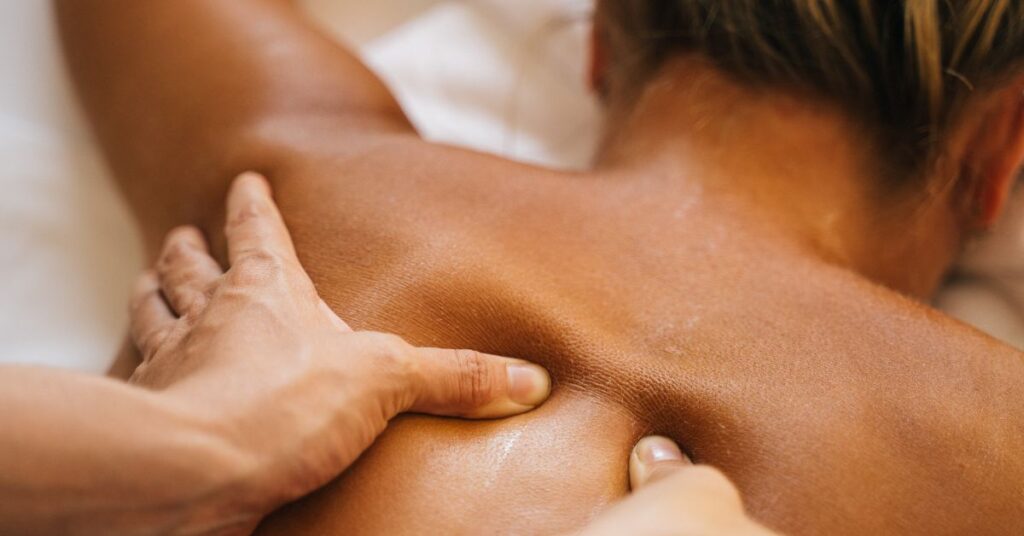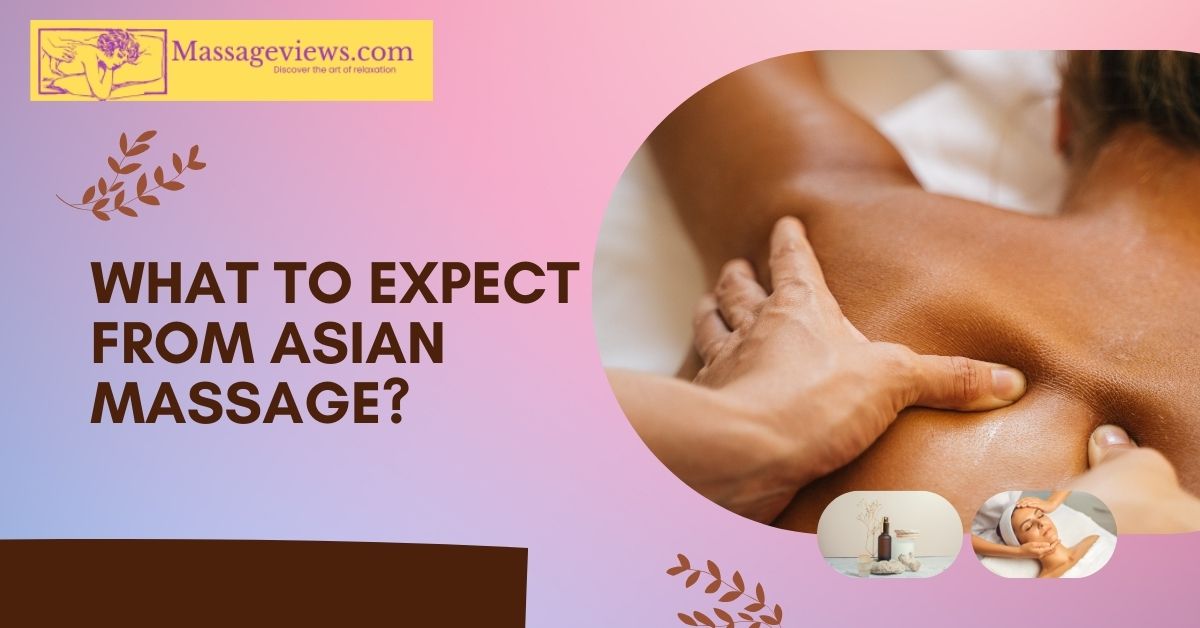Starting a journey with Asian massage offers the possibility of a distinctive and all-encompassing therapeutic encounter. Knowing what to expect from Asian massage ensures you step into a world where ancient traditions meet modern well-being.
You should expect a customized treatment that includes acupressure, Anma, or Chi Nei Tsang. Anticipate an emphasis on energy flow, renewal, and equilibrium that addresses mental and spiritual in addition to bodily issues. Asian massage, which has its origins in Chinese and Japanese customs, offers a culturally diverse route to overall well-being in addition to relaxation. Prepare for a refreshing adventure that nurtures mind, body, and spirit.
Table of Contents
What happens during Asian massage?
Once the massage begins, Warm oil is used on your back to begin the massage, which is a lovely experience as each area is carefully stroked. It soothes down to your feet, leaving you feeling at ease all around. After the back is massaged, you will be asked to flip over onto your back and given a hot towel wipe. Everywhere, your privacy is protected and covered in the right ways.
A seamless and comfortable encounter is ensured by the nonjudgmental and sensitive approach that ends the full-body massage on the front side. After the massage, the therapist helps with cleanup and, if necessary, helps you get dressed. The goal of the entire process is to promote holistic well-being, relaxation, and respect.

Asian massage: what makes it unique?
Asian massage is distinguished by its special concepts and practices that have their roots in ancient traditions, making it a distinctive and culturally rich therapeutic experience. Asian massage is unique in that it incorporates techniques like acupressure, Anma, and Chi Nei Tsang, focusing on the body’s energy flow. In contrast to Western massages, which emphasize mostly relaxing muscles, Asian massages address mental, energetic, and physical components of the body.
A dimension of distinctiveness is added by the blending of cultural and spiritual components, which provide not only physical renewal but also a journey that nourishes the mind and spirit. Asian massage is essentially a modern healing technique fashioned from a tapestry of old wisdom.
Conclusion
To sum up, having an Asian massage promises a special and all-encompassing path to well-being. Acupuncture, Anma, and Chi Nei Tsang are some of the techniques used in individualized sessions that are geared to your specific needs and treat mental, energy, and physical components of health. Expect the blending of age-old customs from Japan and China, resulting in a culturally diverse route to overall well-being.
Usually, the session starts with a table shower that thoroughly cleanses your body, and then it moves into a massage where warm oil relaxes every part of your body. To create a cozy and tranquil environment, privacy and respect are crucial. In the end, Asian massage is more than just physical therapy; it’s a revitalizing experience for the body, mind, and soul that is imbued with culture.
Frequently asked questions
Will I be completely undressed during the massage?
Privacy and comfort are prioritized during Asian massage sessions. While the initial table shower and massage may involve being undressed, the therapist ensures that private parts are covered appropriately and that your comfort and modesty are respected throughout the session.
How can I prepare for an Asian massage session?
Wear comfortable clothing for the table shower, and communicate any specific concerns or preferences with your therapist beforehand. Arrive well-hydrated and with an open mind to fully embrace the culturally rich and rejuvenating experience that Asian massage offers.
How long does a typical Asian massage session last?
The duration of an Asian massage session can vary but commonly ranges from 60 to 90 minutes. This timeframe allows for the thorough application of techniques like acupressure, stretching, and holistic approaches to address various aspects of well-being.
